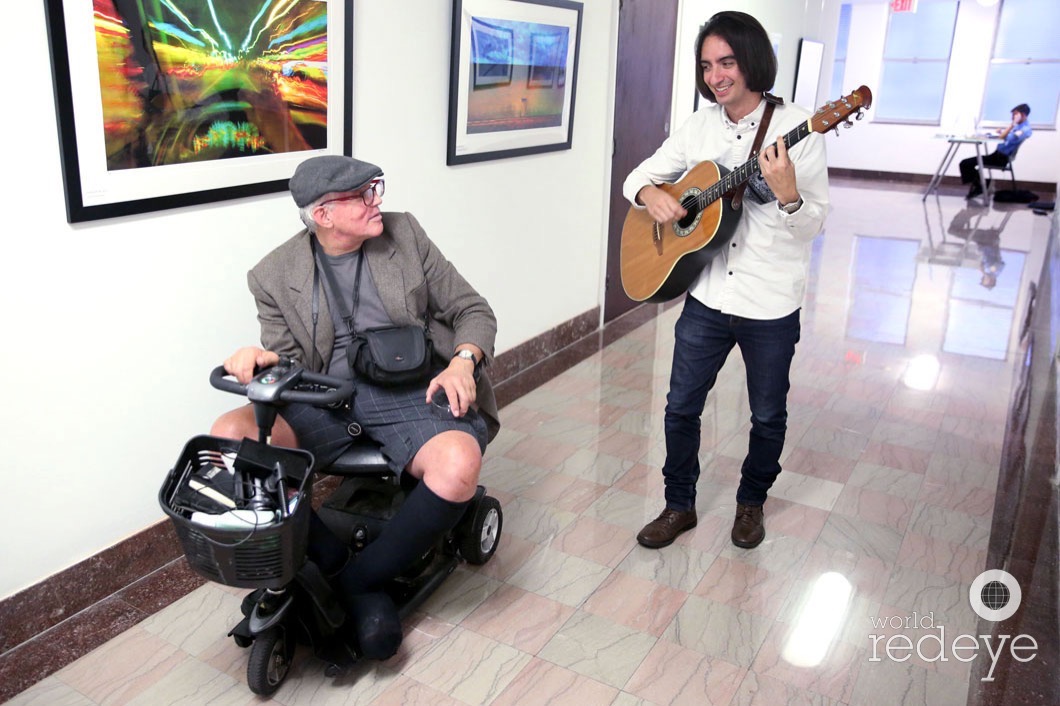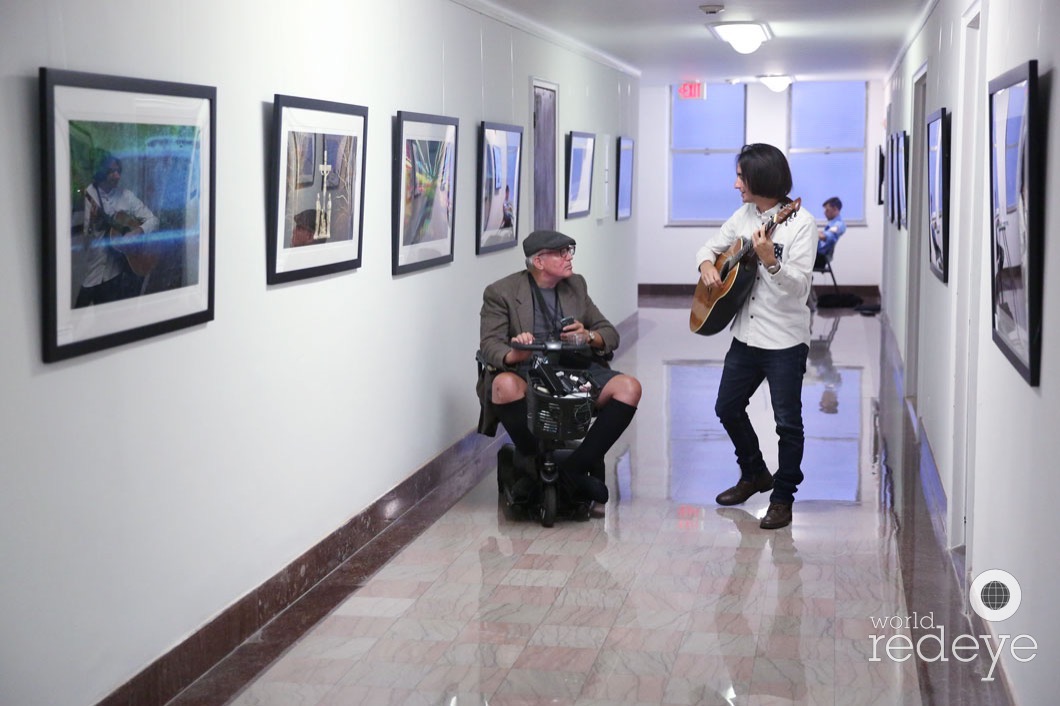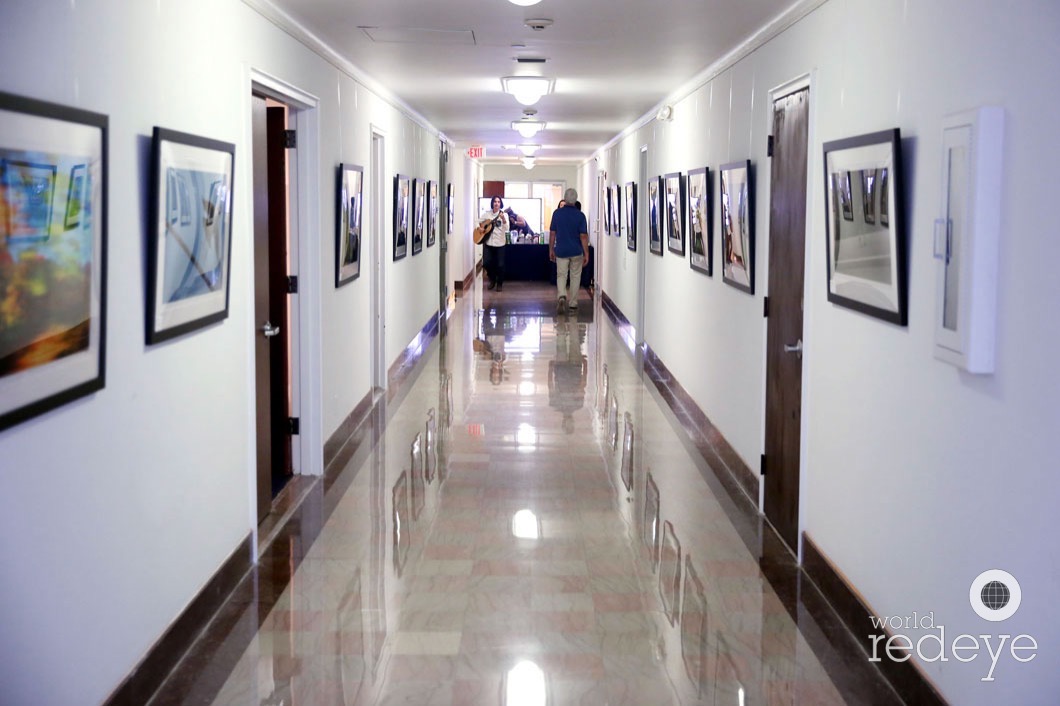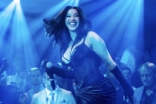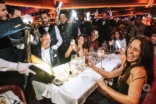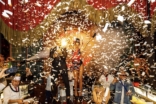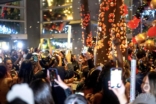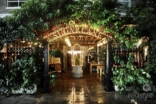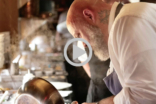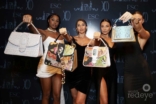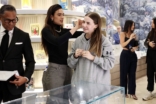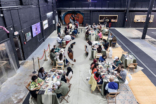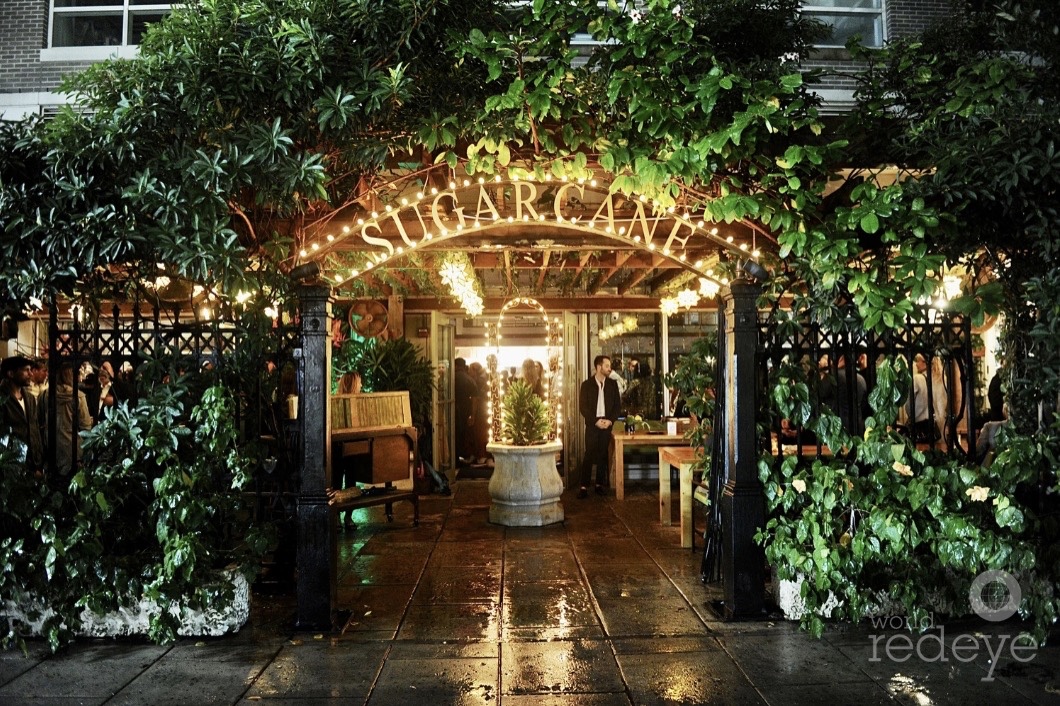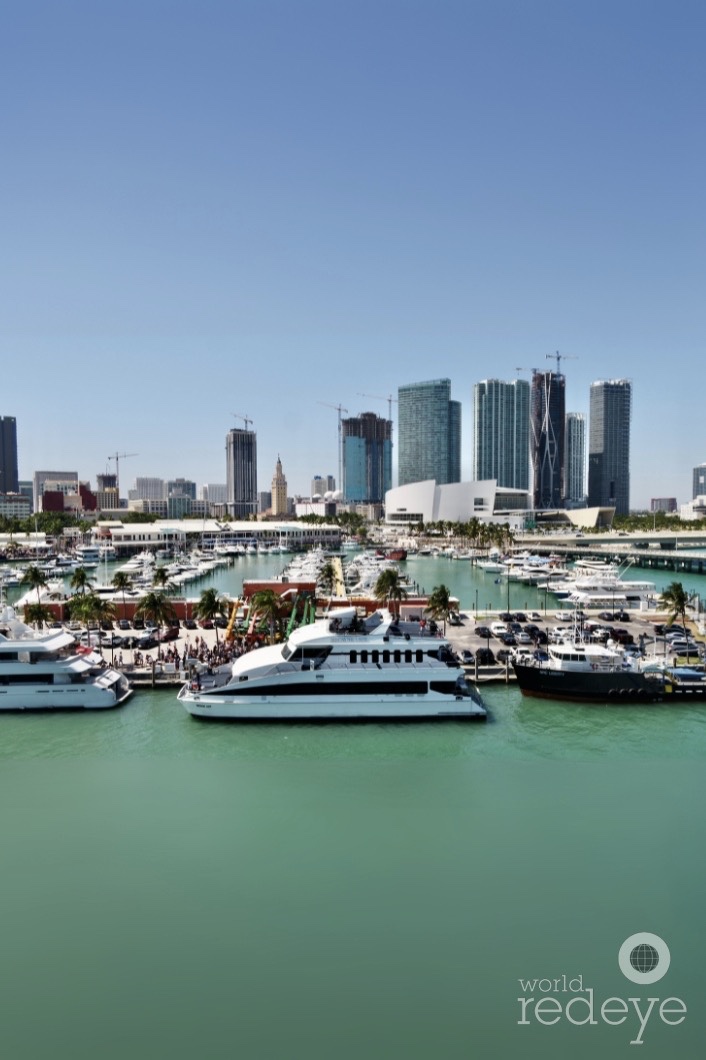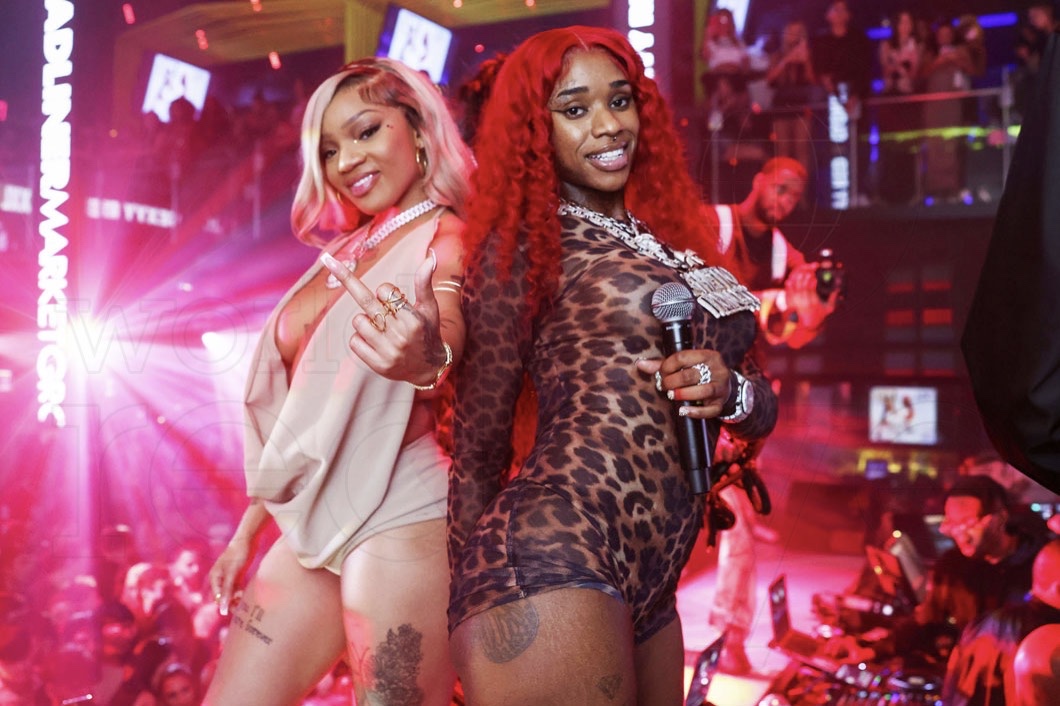Q&A: Wonderism by Robert Zuckerman
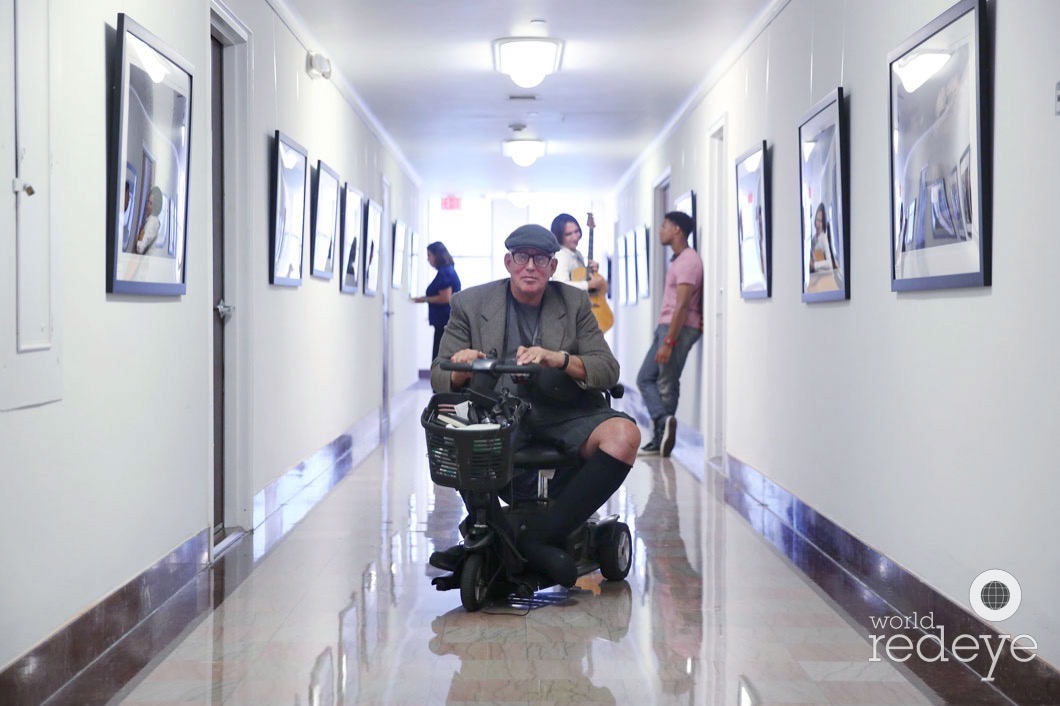
Robert Zuckerman
Miami Beach, FL – July 27, 2016 – Celebrity photographer Robert Zuckerman celebrated his recent exhibition, Wonderism, with a cocktail reception. Wonderism is a series of color photographs that seek to discover the extraordinary in the ordinary. Utilizing land, sky, and water-scapes as the starting points for these investigations, the works start to speak to the composition of the detail within the photographic frame. Unlike much of Zuckerman’s work that focuses on capturing the human spirit and experience in photographic portraits, these works call upon the viewer to look within and without him or herself personally to find profound meanings that exists in the everyday.
World Red Eye caught up with the famed photographer who gave us a closer look into Wonderism, as well as some of his most memorable moments from his career thus far.
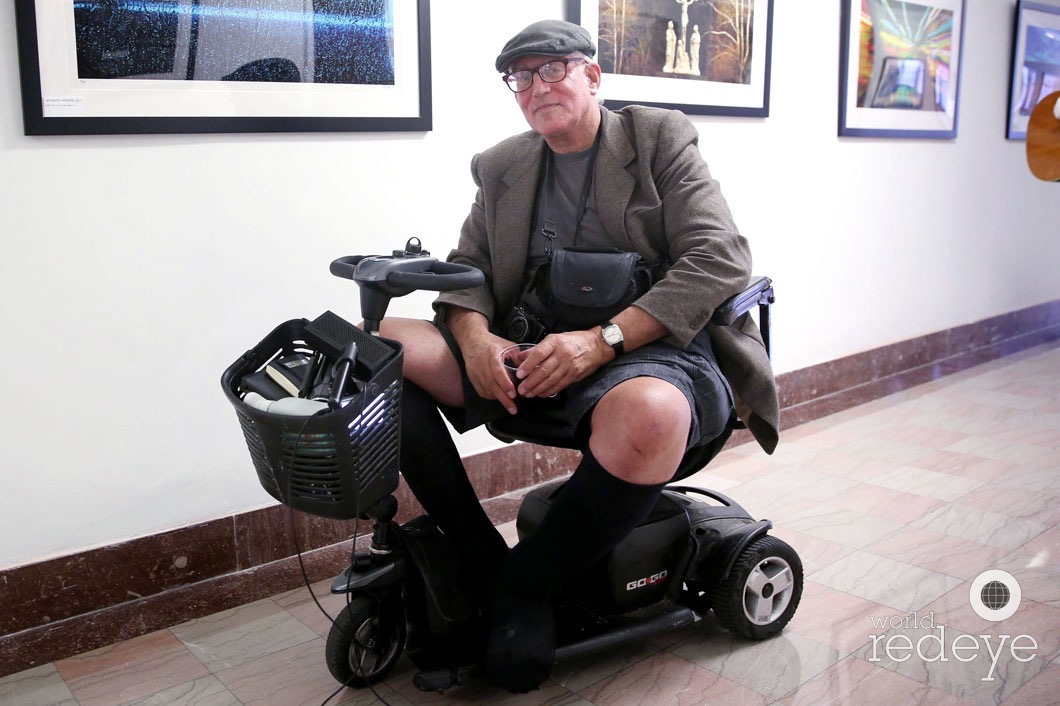
Robert Zuckerman
WRE: What is Wonderism and what does it mean to you?
RZ: “Wonderism” is the antithesis of “Terrorism”. In his writing about his apprenticeship with Yaqui Indian Sorcerer Don Juan Mateus, author Carlos Castaneda tells how Don Juan describes the warrior’s art as balancing the terror of existence with the wonder of existence. Wonderism sees the extraordinary within the ordinary and conveys this through intention and through utilizing various printing techniques.
WRE: What moment in your life struck your interest to pursue photography?
RZ: As a child, because of an early divorce of my parents, I was very inhibited with low self esteem. I somehow discovered and became fascinated with the camera, viewing it as something of a magic box that connected the inner and outer worlds.
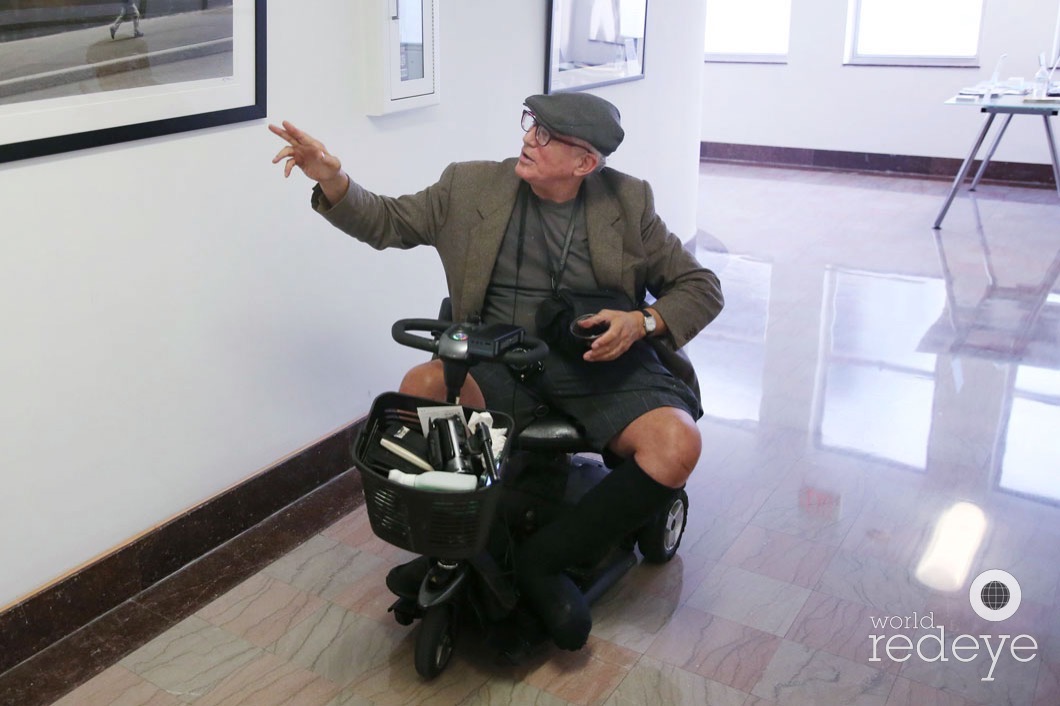
Wonderism sees the extraordinary within the ordinary and conveys this through intention and through utilizing various printing techniques.
Robert Zuckerman
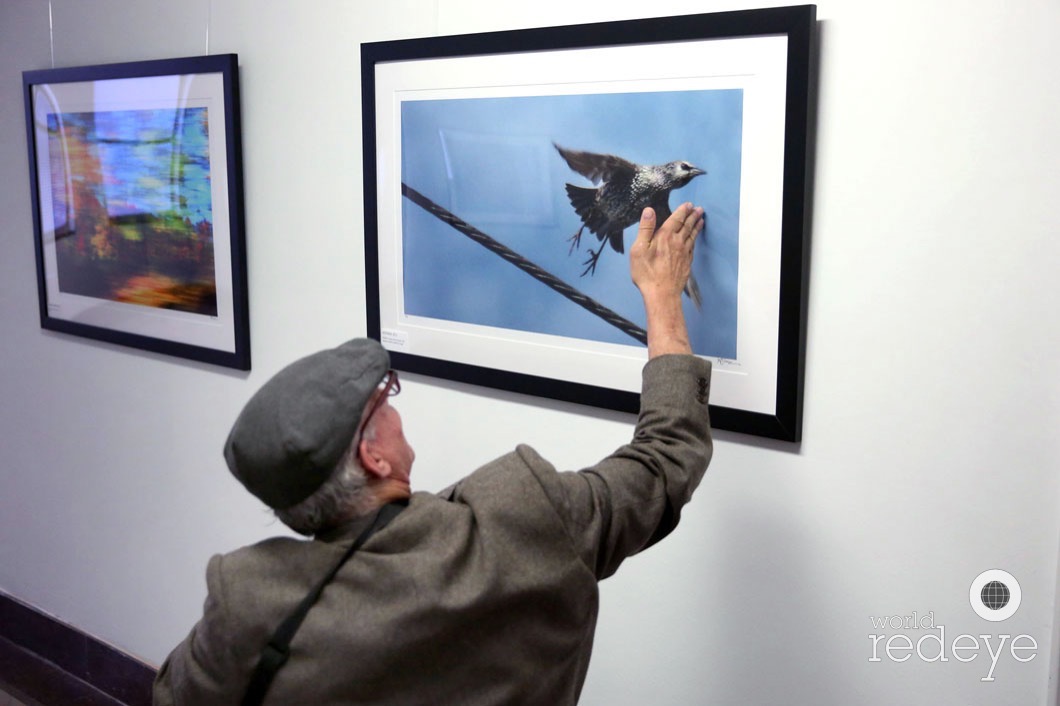
Robert Zuckerman
WRE: Who was the first celebrity you shot and what was your experience?
RZ: I would say my first celebrity portrait was before I became a professional photographer as a career. It was 1981 in New York City and I was an assistant to director John Avildsen (director of the original “Rocky”) who was in pre-production on the film “Neighbors” for Columbia Pictures with John Belushi and Dan Aykroyd. We were in the streets of midtown Manhattan doing screen test with Dan, and I have with me a Yashica-mat twin lens reflex camera that I carried around in my parka. I shot this great portrait of Dan in character as Vic Zek.
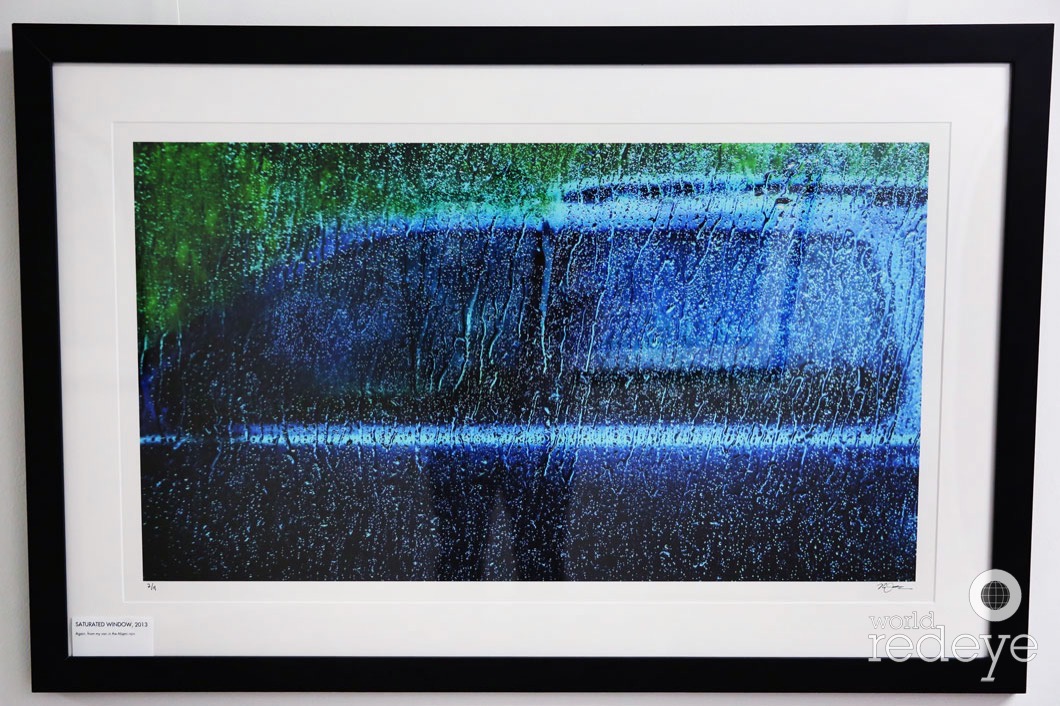
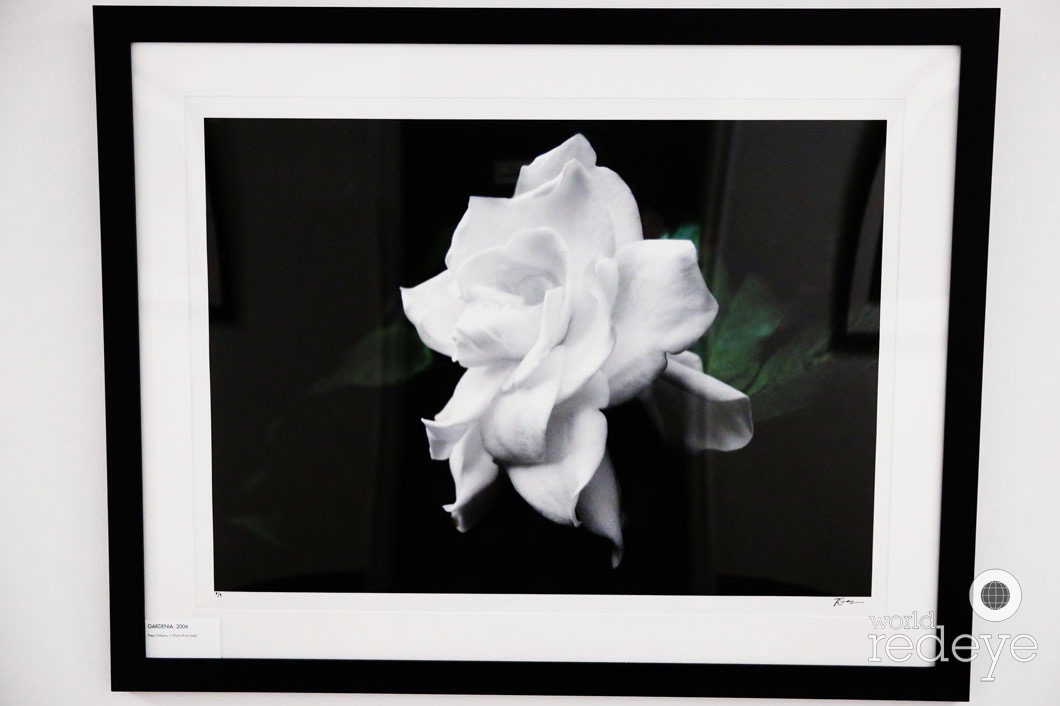
WRE: Which moment will you never forget when shooting a certain celebrity?
RZ: One great moment was when I photographed Italian screen legend, Marcello Mastroianni, at the Four Seasons Hotel in Beverly Hills in 1993, in connection with his film “Used People” co-starring Shirley McLaine. It was just me and Marcello in a room they’d given me a half hour to do the shoot. I’d grown up on his films with Fellini. At one point, making conversation, I asked Marcello if he had a favorite film he’d worked on. He thought about it for a moment and answered, “Eight and a half (8 ½ , the great surrealistic Fellini classic) – I still don’t know what the hell it means, but it’s my favorite film!”
WRE: If you could photograph anyone dead or alive, who would it be?
RZ: This is a very tough question. I’m drawn to so many it’s hard to narrow down. Bridget Bardot, the poet Rilke, Lincoln, Barack and Michelle Obama, Lao-Tzu, George Washington….sorry, the list goes on.
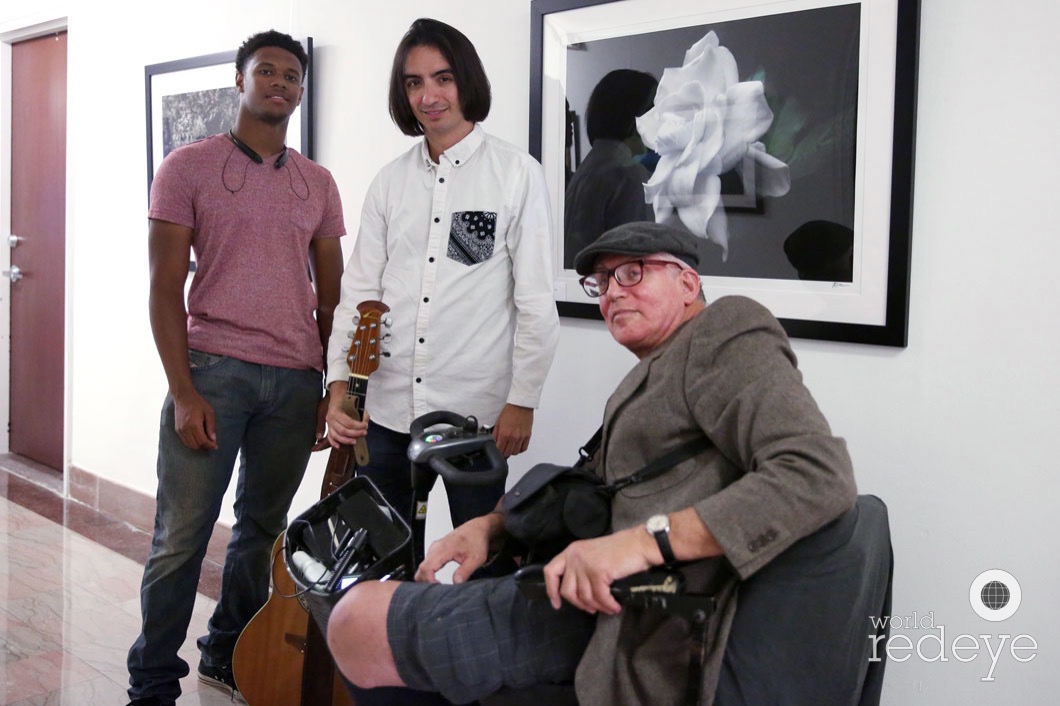
Jeff Ocean, Partick Doval, & Robert Zuckerman
WRE: What are some tips you could give aspiring portrait photographers?
RZ: Good intention is key. I’ve always consciously held the intention of wanting to help my client with what we were doing and I found that having conscious good intention somehow came through in the results. Another key is practice – diligent, ongoing daily practice. Then, study; always be looking at photographs, go to bookstores, exhibits and more. Study the greats, the painters too, who were masters of light and emotion. Don’t be afraid of mistakes, mistakes are valuable learning tools. Work hard. The saying 98 percent perspiration and 2 percent inspiration is very true. Then producer Jerry Bruckheimer, in speaking of his career, said: “I’ve been very lucky, but I find that the harder I work, the luckier I get.”
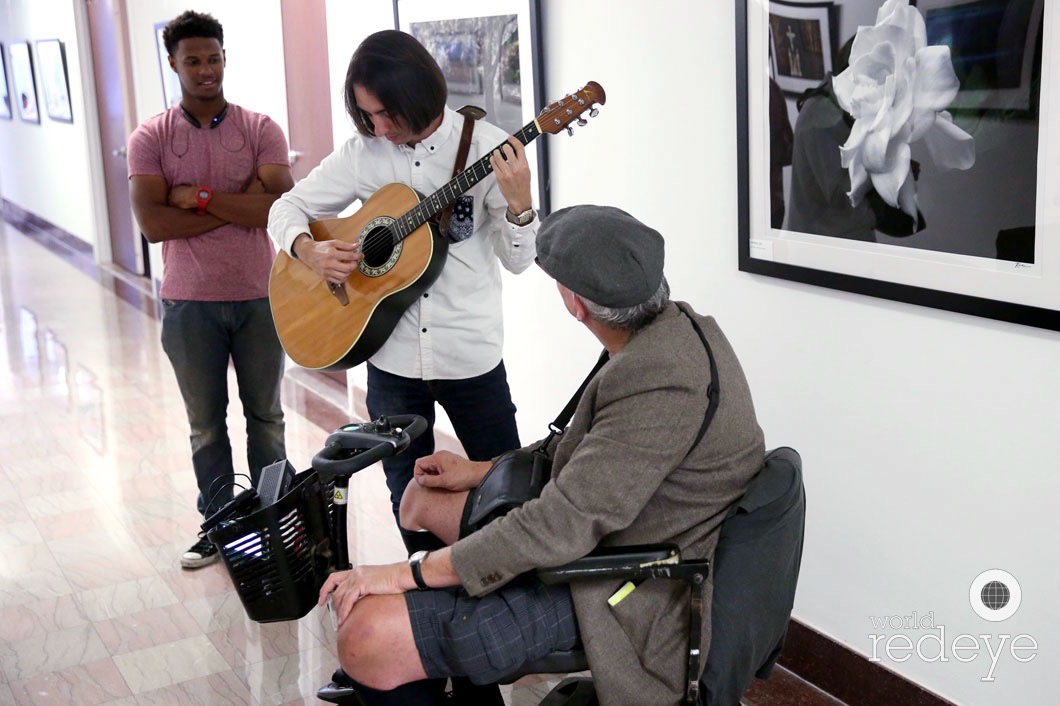
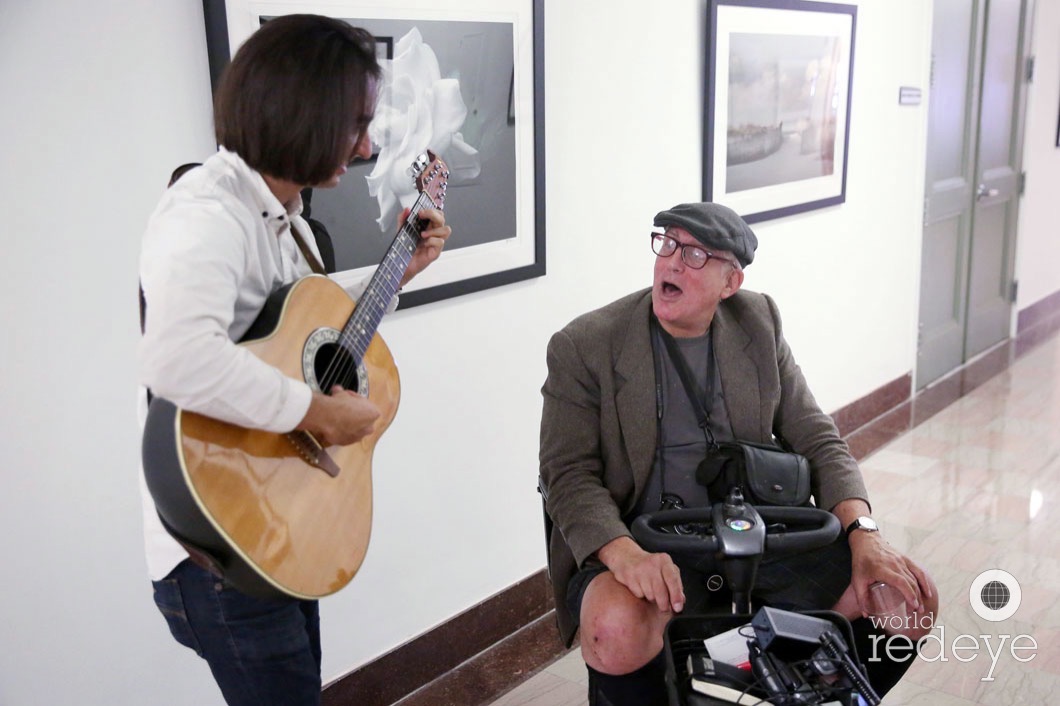
Partick Doval & Robert Zuckerman
WRE: When was the moment when you know, “you made it”?
RZ: I would say after “The Crow”, it was a dark, intense experience and the studio. Paramount didn’t think I had enough experience at that point resisted my being hired (by producer Edward Pressman). But I fought like hell to do a great job and in the end, the same executive who resisted my hire said, “There are photographers we’ve worked with for twenty five years we wouldn’t have hired on this film – you’ve done an amazing job, I’m really proud of you.”
WRE: What is your process to making your subjects feel comfortable in front of your lens?
RZ: Talking with them and letting them know that I’m there for them, and that there are no great secrets, that whatever happens is good.
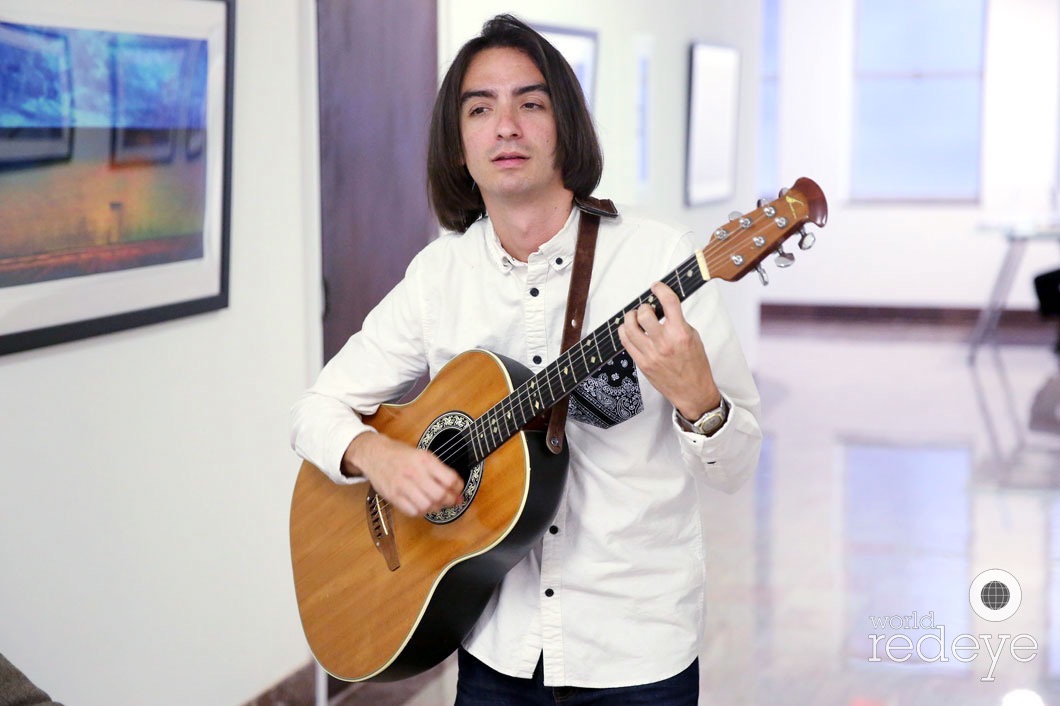
Partick Doval
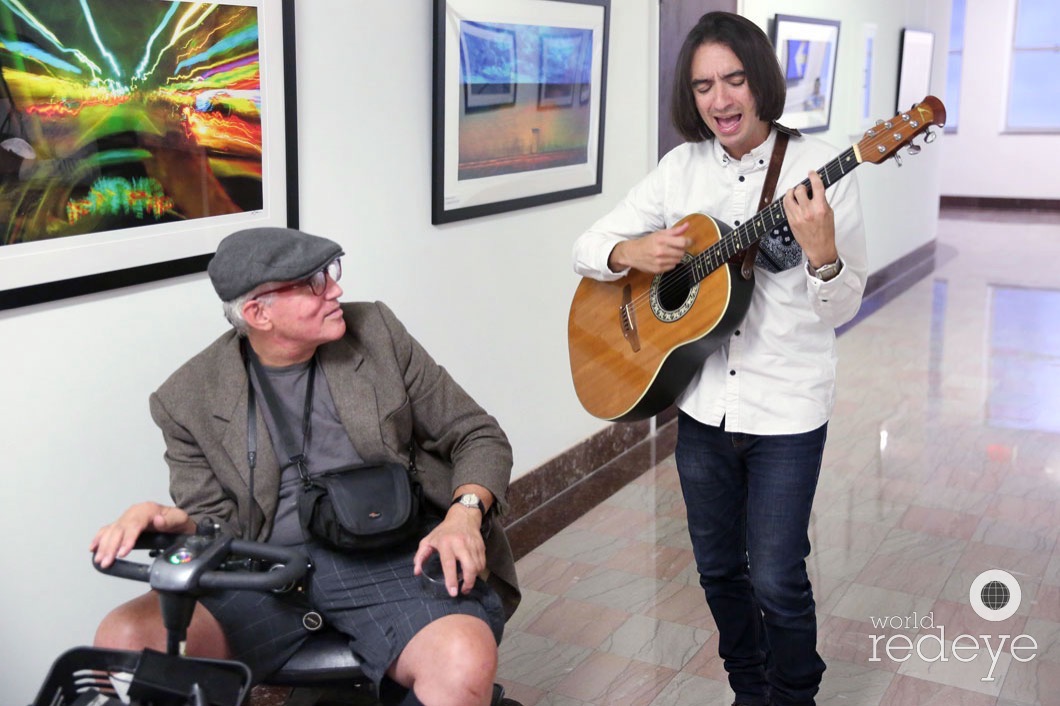
Robert Zuckerman & Partick Doval
WRE: What’s your secret to the perfect portrait?
RZ: Early on I came to view myself not so much as a director, controlling everything but as a receiver. This creates a dynamic and a space where my subject/collaborator can be him or herself , free to be who and how they are without worry.
WRE: What are 3 words to describe your photography style?
RZ: Honest, caring, excellent.
WRE: What is your go to camera body and lens?
RZ: An old photographer in Chicago once said “It’s not what you got, it’s how you use it.” I like the Canon 5D Mark 3 with 24-70 2.8 lens, but my everyday always have on me is my Panasonic Lumix DMC-LX7, with a Leica 24-90 f1.4-2.3 lens.
